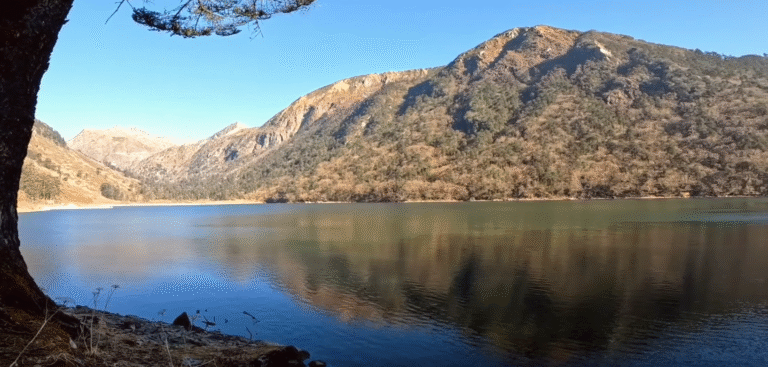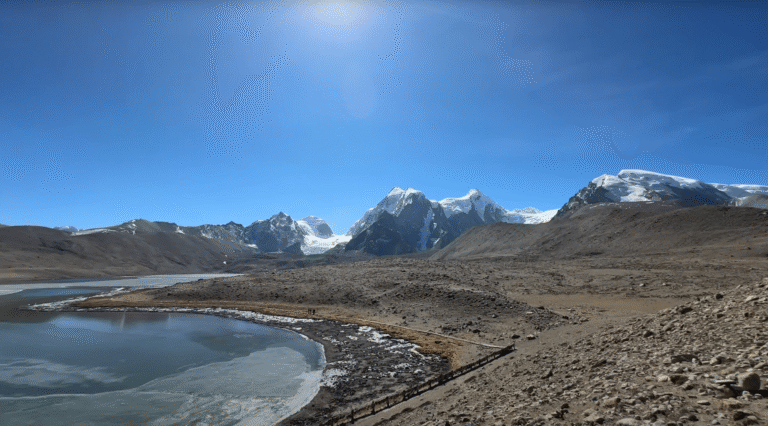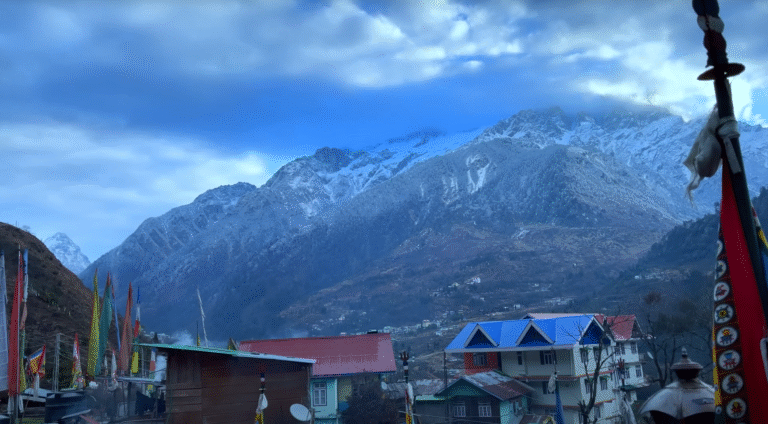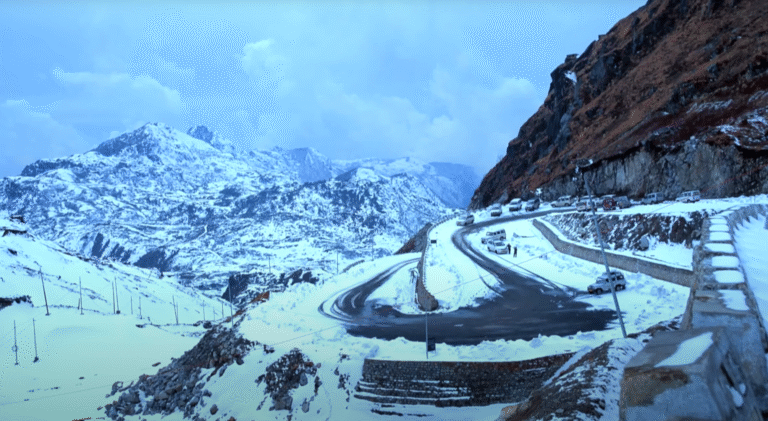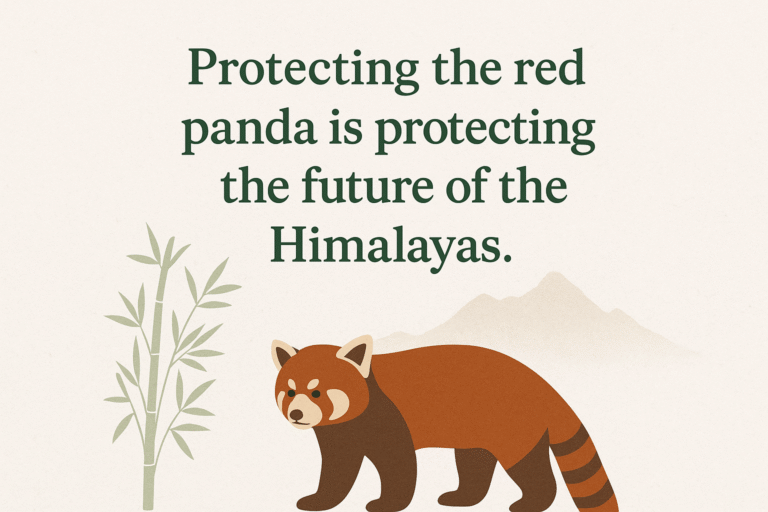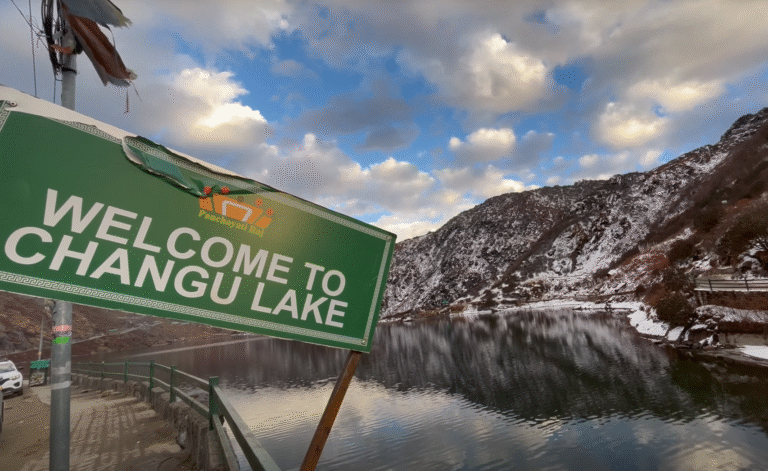Khangchendzonga National Park Travel Guide | UNESCO World Heritage in Sikkim
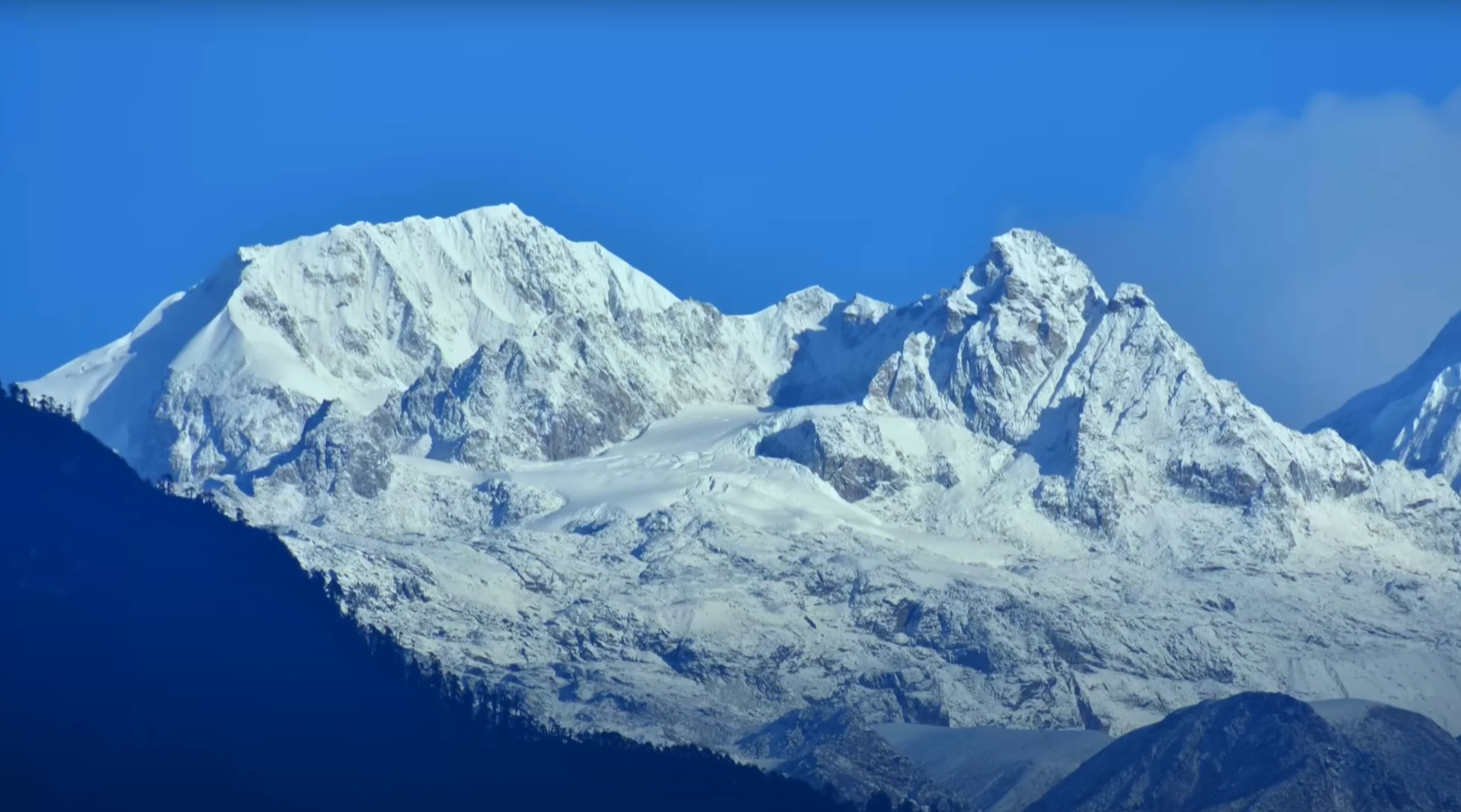
High in the rugged eastern Himalayas lies one of the world’s most breathtaking protected areas — Khangchendzonga National Park. Spread across 1,784 square kilometers of pristine wilderness in Sikkim, India’s least populated and one of its most ecologically rich states, this UNESCO World Heritage Site is a natural and cultural wonder like no other. From the mystical legends of Mount Khangchendzonga, the third-highest mountain in the world, to the awe-inspiring biodiversity of dense forests, alpine meadows, and glaciers, the park stands as a true crown jewel of the Himalayas.
For travelers, adventurers, naturalists, and culture-seekers alike, Khangchendzonga is not merely a park — it is a living story of harmony between nature, spirituality, and people.
1. Introduction to Khangchendzonga National Park
Located in northern, western, and central Sikkim, Khangchendzonga National Park (KNP) is one of India’s largest high-altitude protected areas. Established in 1977 as a national park and declared a biosphere reserve in 2000, it achieved global recognition when UNESCO inscribed it as a Mixed World Heritage Site in 2016.
This inscription is special because UNESCO recognizes very few sites worldwide under the “mixed” category — meaning the park is outstanding both for its natural biodiversity and its cultural significance.
The park is dominated by Mount Khangchendzonga (8,586 m), the world’s third-highest peak and the guardian deity of Sikkim in local belief systems. Surrounding this giant are an array of majestic glaciers, glacial lakes, snow-clad summits, and thick forests that host extraordinary wildlife, including some of the rarest species on Earth.
2. UNESCO Recognition: Why It Matters
Khangchendzonga National Park’s UNESCO inscription is based on two main criteria:
Natural Significance
- The park represents the unique Eastern Himalayan eco-region, a hotspot of biodiversity.
- It harbors ecosystems from subtropical forests at 1,800 m to permanent ice and snow above 8,000 m, creating one of the widest elevational ranges in any protected area in the world.
- Its glaciers feed rivers that support millions downstream, showcasing its global ecological importance.
Cultural Significance
- The park is steeped in Sikkimese mythology and Buddhist traditions, blending nature with spirituality.
- Sacred sites like Dzongu, home to the indigenous Lepcha community, and Tholung Monastery reflect the deep connection between culture and conservation.
- Local legends say Mount Khangchendzonga is the “Guardian Deity” that protects Sikkim.
This dual recognition makes the park not just a sanctuary for wildlife but also a spiritual and cultural landscape where human belief systems have helped protect nature for centuries.
3. Geography and Landscape
The park stretches from lush river valleys to towering Himalayan peaks, covering nearly 25% of Sikkim’s total land area.
Key Features:
- Mountains & Peaks: Includes Mt. Khangchendzonga, Mt. Pandim, Mt. Kabru, Mt. Simvo, and others.
- Glaciers: The Zemu Glacier is the largest in the Eastern Himalayas, alongside 17 others.
- Lakes: Sacred high-altitude lakes such as Samiti Lake, Green Lake, and Lhonak Lake.
- Forests: Ranging from oak and rhododendron woodlands to alpine scrub and snow deserts.
Every landscape seems to hold a story: roaring rivers carving valleys, alpine meadows bursting with wildflowers in summer, and vast expanses of eternal snow guarding the horizon.
4. Flora of Khangchendzonga
The park is a botanist’s dream, harboring over 4,500 species of flowering plants.
- Lower Elevations (1,800–3,000 m): Oak, fir, birch, maple, and magnolia forests.
- Mid Elevations (3,000–4,000 m): Extensive rhododendron groves (over 30 species bloom here).
- High Altitude (4,000–5,500 m): Juniper, alpine grasses, and medicinal herbs like Cordyceps sinensis.
- Above 5,500 m: Lichens, mosses, and sparse snow vegetation.
The spring bloom (April–May) transforms valleys into carpets of colors, especially around Dzongri and Yuksom, attracting trekkers and photographers worldwide.
5. Fauna of Khangchendzonga
Few places on Earth host such a range of elusive and endangered species.
- Flagship Species:
- Snow Leopard – apex predator of the high Himalayas.
- Red Panda – Sikkim’s state animal, thriving in temperate forests.
- Himalayan Black Bear – roaming the lower valleys.
- Other Mammals: Musk deer, blue sheep (bharal), Himalayan tahr, serow, goral, and even the shy clouded leopard.
- Birds: With over 550 bird species, the park is a paradise for birdwatchers. Rare sightings include the blood pheasant (Sikkim’s state bird), Himalayan monal, satyr tragopan, and snow partridge.
- Reptiles & Amphibians: Limited but include rare Himalayan pit vipers and salamanders.
The presence of such rare species underlines the park’s role as a biodiversity reservoir for the Eastern Himalayas.
6. People and Culture
Unlike many protected areas, Khangchendzonga is deeply tied to the cultural identity of local communities:
- Lepchas: Indigenous to Sikkim, they consider the entire landscape sacred. For them, Khangchendzonga is not just a mountain but a divine guardian.
- Bhutias and Nepalese Communities: Many monasteries, prayer flags, and sacred sites within the park highlight the strong Buddhist presence.
- Sacred Sites: Places like Tholung Monastery (housing ancient Buddhist relics) and Dzongu, a restricted area considered the heartland of the Lepchas, blend religion with ecology.
The park embodies what UNESCO calls an “intangible heritage of belief systems” — where myths, rituals, and conservation coexist.
7. Trekking and Adventure in the Park
For adventure seekers, the park offers some of India’s most thrilling treks.
Popular Treks:
- Goecha La Trek (4,940 m):
- Starts from Yuksom, winds through rhododendron forests, and ends with a close-up view of Mt. Khangchendzonga.
- Highlights: Samiti Lake, Dzongri meadows, Himalayan sunrise over Kanchenjunga.
- Dzongri Trek:
- A shorter version of the Goecha La trek, perfect for those with less time.
- Known for panoramic mountain views and meadows.
- Green Lake Trek:
- A remote and challenging trek in North Sikkim leading to the base of Khangchendzonga via Zemu Glacier.
- Less explored, meant for seasoned trekkers.
- Tholung Monastery Trek:
- Blends cultural exploration with natural beauty.
Adventure Activities:
- High-altitude camping
- Photography tours
- Birdwatching expeditions
- Mountaineering (with permits)
The trekking season runs mainly in spring (April–June) and autumn (September–November), when skies are clear, flowers bloom, and mountains are visible.
8. Conservation Efforts
As a fragile Himalayan ecosystem, Khangchendzonga faces immense pressures. Conservation is therefore critical.
Major Challenges:
- Climate Change: Melting glaciers threaten water supplies and habitats.
- Tourism Pressure: While beneficial for local income, over-trekking can damage fragile alpine zones.
- Human-Wildlife Conflict: Predators like snow leopards occasionally prey on livestock.
- Infrastructure Development: Roads, dams, and power projects pose ecological risks.
Conservation Measures:
- Declared as a Biosphere Reserve (2000) and part of UNESCO’s Man and Biosphere Programme.
- Community-Based Conservation: Local Lepchas and other groups participate in eco-tourism and wildlife protection.
- Wildlife Monitoring: Snow leopard camera-trap surveys and red panda tracking programs.
- Eco-friendly Trekking Guidelines: Use of biodegradable materials, waste management, and limited permits.
The success of conservation here stems largely from integrating traditional belief systems with modern scientific approaches.
9. Travel Guide: How to Visit Khangchendzonga National Park
Getting There:
- Nearest Airport: Pakyong (Sikkim), ~60 km from Gangtok; Bagdogra (West Bengal) is another option.
- Nearest Railhead: New Jalpaiguri (NJP), ~120 km from Gangtok.
- By Road: Good connectivity via Gangtok, Yuksom, and Mangan.
Entry Points:
- Yuksom (West Sikkim) – for Goecha La & Dzongri treks.
- Lachen & Lachung (North Sikkim) – for Green Lake and Lhonak Lake treks.
Best Time to Visit:
- Spring (April–June): Rhododendrons in bloom, pleasant weather.
- Autumn (Sept–Nov): Clear skies, best mountain views.
- Avoid monsoon (July–Aug) due to landslides, and harsh winters (Dec–Feb) unless for snow treks.
Permits:
- Required for all visitors.
- Foreigners need a special Restricted Area Permit (RAP) to enter certain zones.
- Available through tour operators or at Gangtok/Yuksom offices.
Where to Stay:
- Yuksom, Pelling, Gangtok – offer guesthouses, eco-lodges, and homestays.
- On treks – camping or designated trekker huts.
Travel Tips:
- Carry warm clothing regardless of season.
- Respect local culture and sacred sites.
- Follow “Leave No Trace” principles while trekking.
10. Why Khangchendzonga Should Be on Your Travel Bucket List
Khangchendzonga National Park isn’t just another trekking destination or a biodiversity hotspot. It’s an immersive journey into a world where mountains are gods, forests are sacred, and conservation is a way of life.
- Witness rare wildlife in untouched habitats.
- Experience spirituality woven into natural landscapes.
- Trek along some of the world’s most scenic routes.
- Support eco-tourism and community livelihoods.
Whether you are a hiker, a nature lover, a cultural enthusiast, or a seeker of peace, Khangchendzonga offers an experience that goes beyond travel — it offers transformation.
Conclusion
The grandeur of Khangchendzonga National Park lies not only in its mountains, glaciers, and forests but also in the deep spiritual reverence with which the local people protect it. Recognized by UNESCO as a rare “Mixed Heritage Site,” it stands as a global symbol of harmony between nature and culture.
In an age when wild places are shrinking and traditions are fading, Khangchendzonga remains a beacon of hope — showing us that preservation is possible when we treat the Earth not as a resource to exploit but as a sacred home to respect.
So, when you plan your journey to Sikkim, step into this wonderland with humility and curiosity. Let the whispers of ancient forests, the chants from hidden monasteries, and the eternal snow peaks remind you that in the heart of the Himalayas, nature and spirit truly meet.
